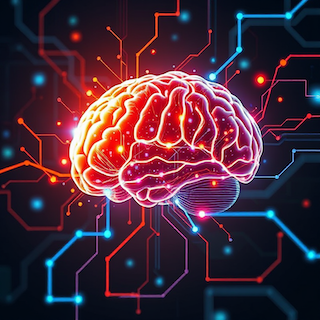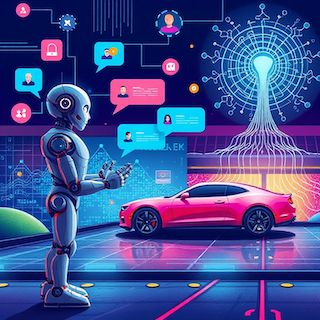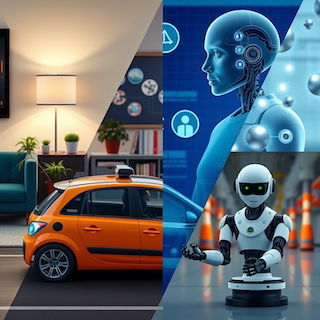What is Artificial Intelligence?

Machine Learning (ML): ML models recognize patterns in data and improve their behavior through training. Examples include classifiers that sort emails into "spam"/"not spam," or regression models for predictions.
Neural Networks & Deep Learning: Multi-layered neural networks (deep learning) enable complex functions such as speech and image recognition. They benefit greatly from large datasets and fast hardware (GPUs).
Natural Language Processing (NLP): NLP models understand and generate human language — from chatbots to automatic translators and text classifiers.
Computer Vision: Methods that analyze images and videos — e.g., for quality control, medical image analysis, or object detection in robotics.
Robotics: Combination of perception, planning, and actuation: Robots use AI to move autonomously, grasp objects, and interact with humans.

Healthcare: Early diagnosis via image analysis, personalized therapies, drug development, and patient monitoring through wearables.
Transportation: Driver assistance systems, autonomous vehicles, route optimization, and fleet management.
Finance: Real-time fraud detection, algorithmic trading, credit risk assessment, and compliance monitoring.
Industry: Quality control using image processing, predictive maintenance, and flexible automation in smart factories.
Private sector: Voice assistants, smart household devices, personalized recommendations, and intelligent search functions.


AI systems require large amounts of data — often personal — which raises questions about data protection and privacy. Many models are also difficult to interpret ("black box"), making liability, transparency, and explainability important areas of research. Bias in training data can lead to discriminatory decisions; automation also threatens job changes or losses in certain industries. Ethical guidelines, regulation, and societal discourse are therefore necessary to minimize negative consequences.
Technically, the challenge is to build robust systems that function safely even under changing conditions; organizationally, job profiles, education, and legal frameworks must be adapted.
